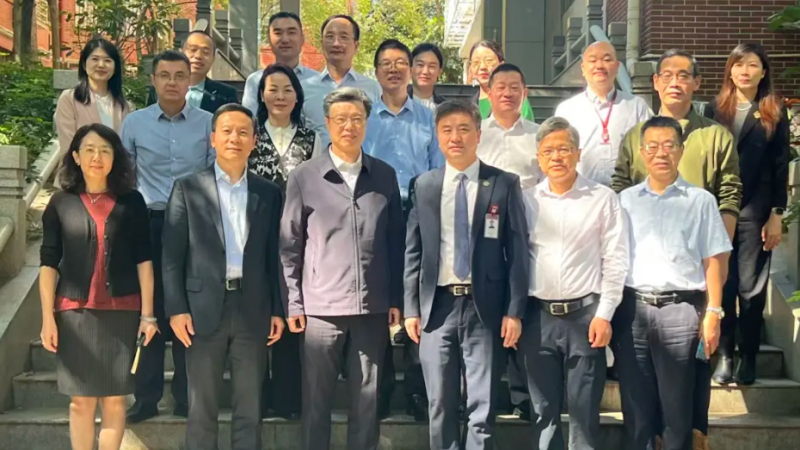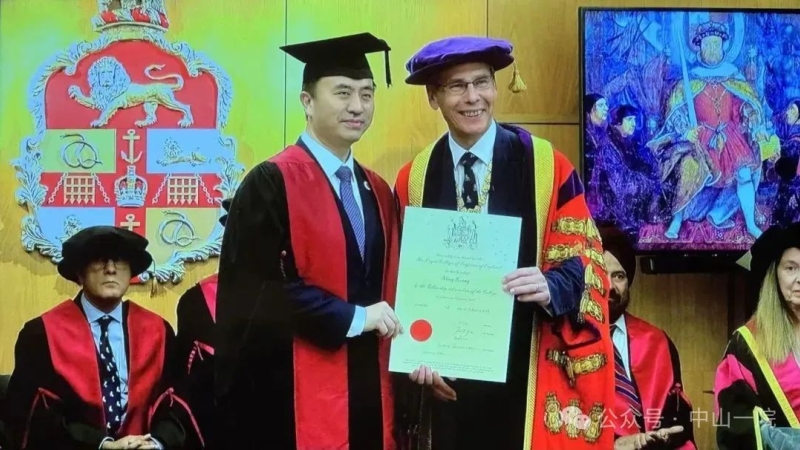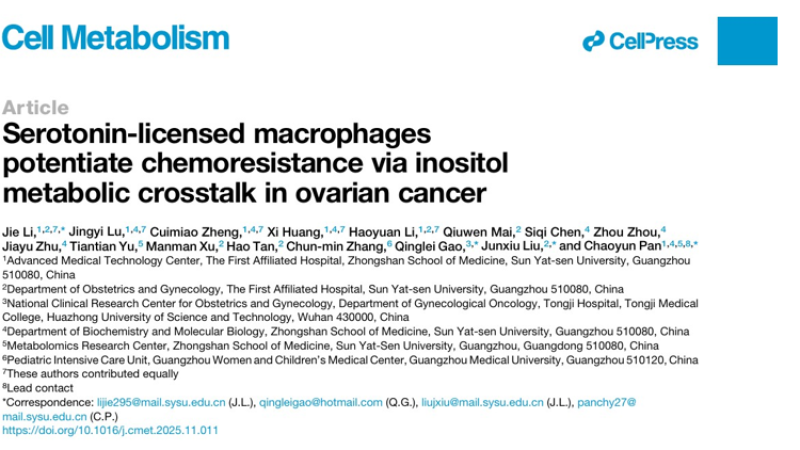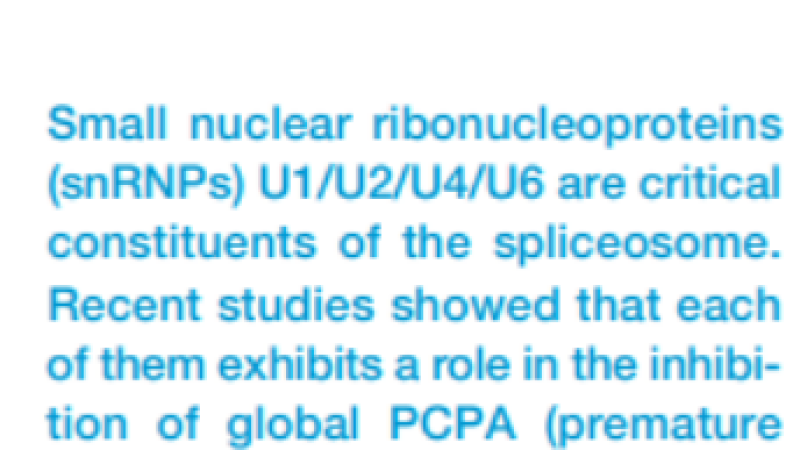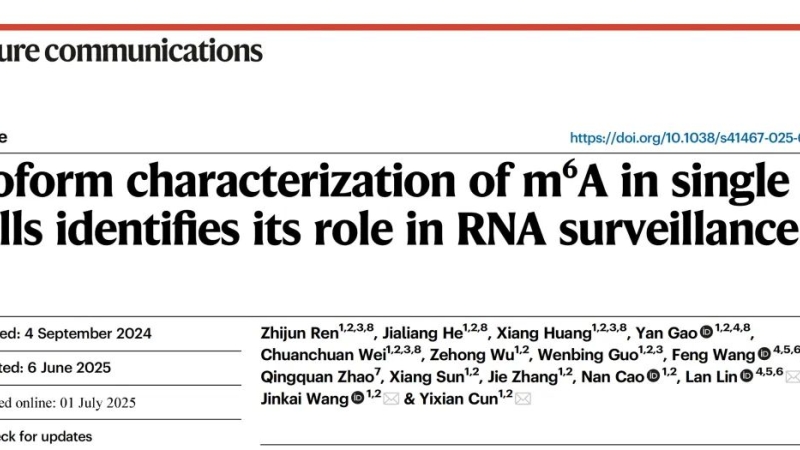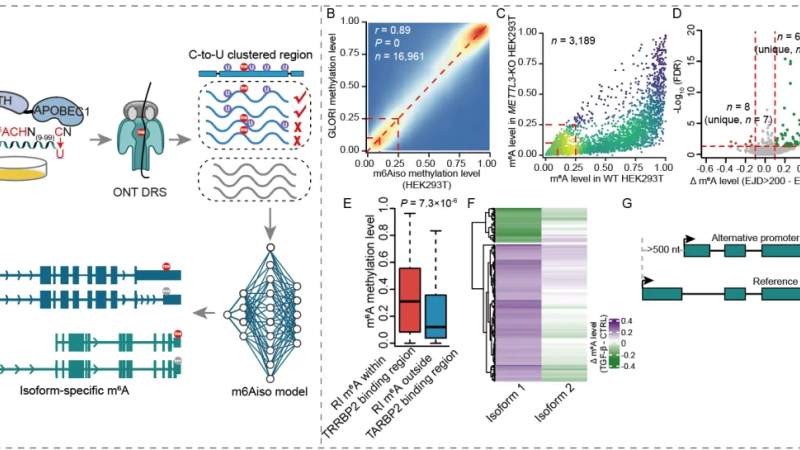News and Events
- 2025/12/26
- 2025/12/23
- 2025/12/23
- 2025/12/23
- 2025/12/23
- 2025/12/23
- 2025/07/23
- 2025/07/23
- 2025/07/14
Academic Activity
Numbers
Department of Basic Medical Sciences
8
National first-class discipline construction point
2
Master’s degree program
16
Full-time teacher
164
Scientific research funds in the past five years
762M
students
3790
Doctoral degree program
6
National teaching platform
3
History
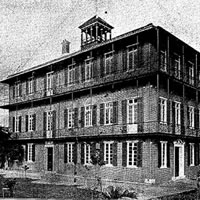
In 1866
American missionary physician John Glasgow Kerr established the first modern Western medical school in China at the Boji Hospital, which later evolved into the Medical College of Lingnan University.
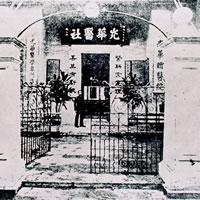
In 1908
The Guangdong Guanghua Medical School was founded, which later developed into the Guangdong Guanghua Medical College.
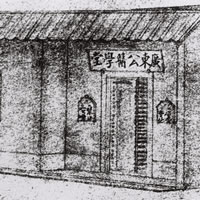
In 1909
The Guangdong Public Medical School was established, which later became the Medical College of Sun Yat-sen University.

In 1953
The Medical College of Sun Yat-sen University and the Medical College of Lingnan University officially merged to form the South China Medical College.
In 1954
The Guangdong Guanghua Medical College was incorporated into the South China Medical College. In 1956, the South China Medical College was renamed Guangzhou Medical College.
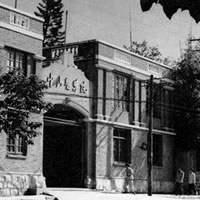
In 1956
The South China Medical College was renamed Guangzhou Medical College.
In 1957
Guangzhou Medical College was renamed Sun Yat-sen Medical College.
In 1985
It was renamed Sun Yat-sen Medical University .
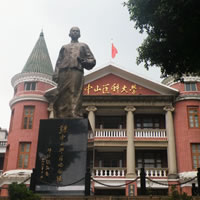
In 2001
The original Sun Yat-sen University and Sun Yat-sen Medical University merged to form the new Sun Yat-sen University, and the Zhongshan School of Medicine at Sun Yat-sen University was established.
1866 to 1952
Phase One: From the establishment of the Boji Medical School in 1866 to the period before the institutional adjustments in the early years of the Liberation.
1953 to 2001
Phase Two: From the institutional adjustments in the early years of the Liberation to the period before the merger of the two institutions in 2001.
2001 to Present
Phase Three: From the merger of the two institutions in 2001 to the present day.

